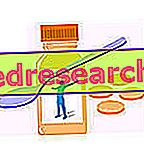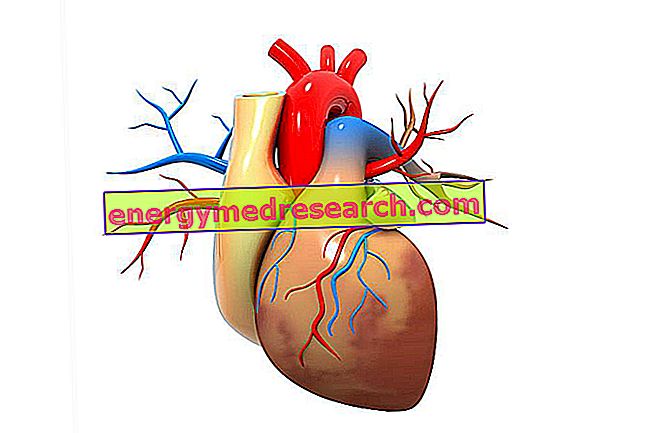What is soy allergy?
Soy allergy is one of the most common food allergies. This is an adverse, immune-mediated reaction that occurs after the dietary intake of Glycine max seeds or derivatives (Fabaceae family); as we shall see, the severity of symptoms is variable.

Incidence
Soy allergy in the population
Soy allergy occurs mainly in infants and children; about 0.4% of the youngest are allergic to the seeds of this legume. G
Epidemiological studies indicate that, generally, soy allergy appears in childhood, but resolves spontaneously in the third year of life. By the tenth year, almost all children are no longer sensitive to food.
Note : contrary to what one might expect, soy allergy does not increase the risk of allergy to other legumes (beans, peas, chickpeas, lentils, lupins, peanuts, etc.).
Symptoms
Symptoms of soy allergy
The most common symptoms of soy allergy are:
- Rash or urticaria
- Itching in the mouth
- Nausea, vomiting or diarrhea
- Closed or runny nose
- Wheezing or asthma
In some rare cases anaphylaxis may appear, a potentially fatal reaction which consists of:
- Swelling of the throat
- Reduced blood pressure
- Ventilation reduction
- Shock.
Prophylaxis
Prophylaxis of soy allergy
The most important preventive measure is the elimination of soy and all the foods that contain it from the diet; to do this, in addition to avoiding whole soybeans, it is necessary to carefully consult the nutritional labels of packaged products, also excluding its derivatives.
Allergic reactions to soy are typically mild but, in a minority of cases, severe symptoms such as anaphylaxis can occur. It is of vital importance that, at any time, allergic people can quickly resort to self-injection of epinephrine (adrenaline) to counteract anaphylactic shock.
Diagnosis
Diagnosis of soy allergy
The diagnosis of soy allergy is made by a specialist allergist. After examining the subject's medical history, he will proceed with a brief physical examination. You can request to complete a food diary, noting only what is consumed, but also what symptoms occur after meals. In addition, the specialist may prescribe a skin test or a blood test to check for the presence of immunoglobulin E (IgE) antibodies against soy proteins.
In the skin test, a small amount of a liquid containing soy protein is placed in contact with the skin (on the back or on the forearm), which is then "punched" with a sterile probe to allow it to penetrate the skin. The presence of swelling and redness within 15-20 'may indicate the presence of allergy.
In the blood test the presence of IgE antibodies is searched for, the concentration of which will be measured and reported with a numerical data.
If these two tests are not enough, the allergist can prescribe a food test. Under medical supervision, the subject is subjected to a test in which he will ingest small amounts of soy to exacerbate any symptoms.
Diet
Importance of soy in the diet
Soy is a food of great economic and commercial value. Due to its innumerable qualities and uses, this plant is cultivated and processed in every corner of the planet.
In the oriental gastronomic culture soy is an essential ingredient of every meal; many of its derivatives (flour, proteins, lecithins, etc.) are indispensable for the packaging of processed foods, which is why it is widely used also in the West.
In the United States, the extent of its spread in commercial products is such that, by totally removing it from the diet, it becomes necessary to have a dietitian.
Soy allergy: foods to avoid
For soy allergy sufferers it is strictly necessary to avoid the following foods:
- Edamame
- Miso
- Natto
- shoyu
- Soybean derivatives: soybean albumin, soy cheese, soybean fiber, soy flour, soy ice cream, soy milk, soybean sprouts, soy yogurt.
- Curd and / or soy grains
- Soy protein (concentrated, hydrolyzed, insulating)
- Soy sauce
- Tamari
- Tempeh
- Structured vegetable protein (TVP)
- Tofu.
Soy can also be contained in the food if the labels appear on the label:
- Asian cuisine
- Vegetable rubber
- Vegetable starch
- Vegetable broth.
Foods that "unexpectedly" contain soy:
- Bakery products
- Tuna and canned meat
- Breakfast cereals
- Cookies
- Cracker
- Energy bars or high protein content
- Snacks of various types
- Formulas for babies
- Peanut butter with low fat content
- Processed meat
- Sauces and soups.
Note : This last list offers some examples of products in which traces of soy were unexpectedly found; however, this is not always present.



